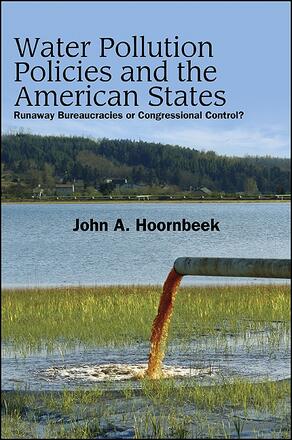
Water Pollution Policies and the American States
Runaway Bureaucracies or Congressional Control?
Alternative formats available from:
A fresh perspective on American water pollution policy
Description
The relationship between federal and state water pollution policies is revealed and assessed in this incisive volume. Focusing on Congress's statutory directions in the Federal Water Pollution Control Act of 1972 and state compliance, this study throws into relief the complex and often troubled relationship between the laws enacted by Congress and the public policies produced by state governments that implement them. Compliance at the state level can be affected and sometimes disturbed by state politics, particular policymaking processes, and the effects of federal oversight practices. As convincingly demonstrated in these pages, American water pollution policy reflects neither runaway bureaucracies nor Congressional control, but rather a complex intergovernmental process that is structured around Congress's statutory directions.
John A. Hoornbeek is Associate Professor of Policy and Management in the College of Public Health at Kent State University, where he also serves as Director of the Center for Public Administration and Public Policy.